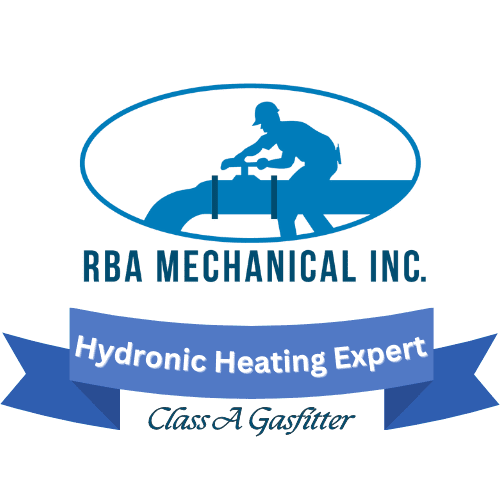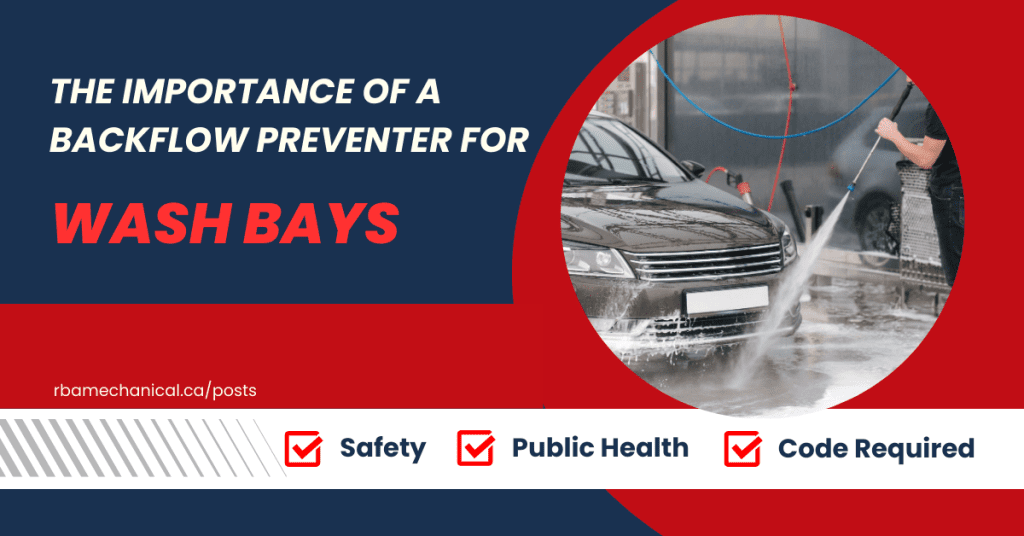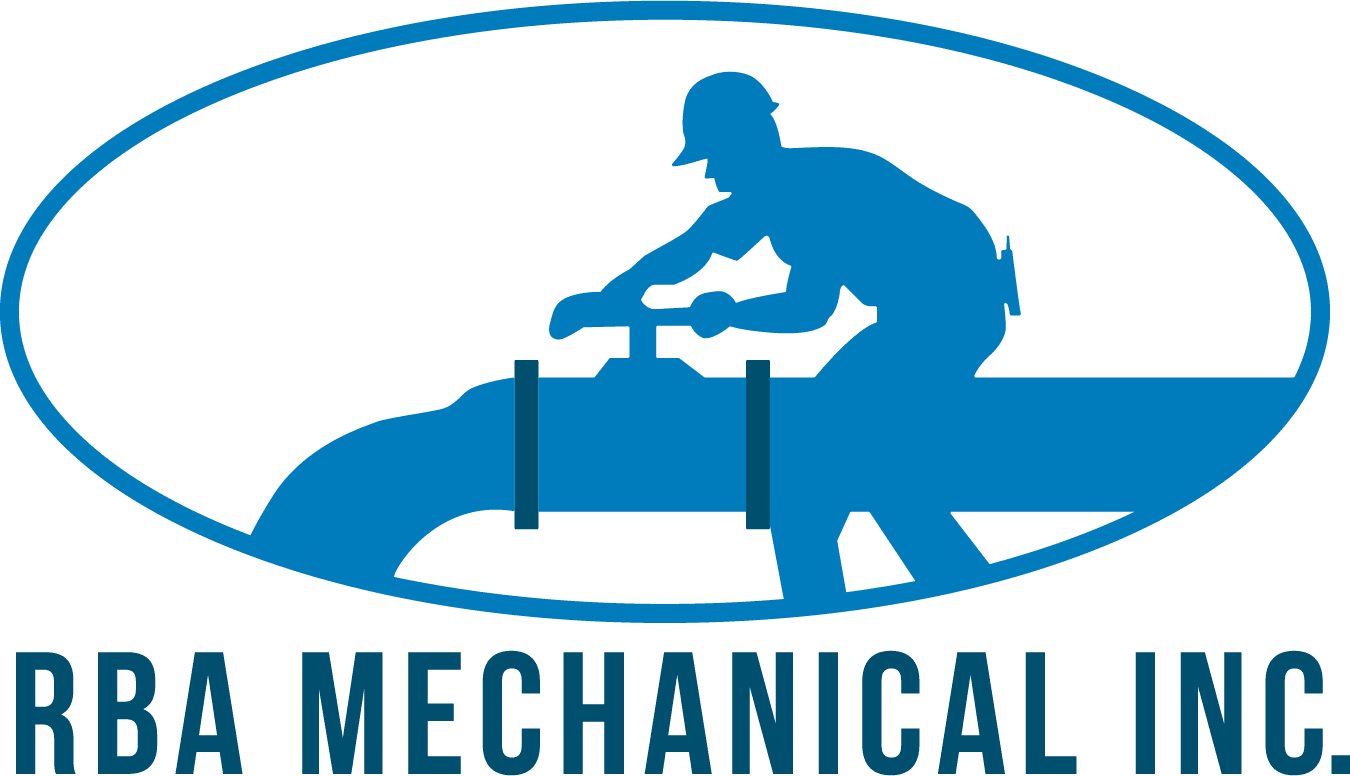Introduction to Backflow Prevention in Commercial Wash Bays
In the bustling world of commercial wash bays, where heavy machinery and vehicles are cleaned daily, one element often goes unnoticed: backflow prevention. While it may not be the first thought on a business owner’s mind, ensuring safe water flow can make all the difference in protecting both your operation and the environment. A backflow preventer is more than just a regulatory requirement; it’s an essential safeguard against contamination that could compromise your service quality and public health. Let’s dive into why investing in this critical component should be at the forefront of your facility management strategy.
Understanding the Risks of Backflow Contamination
Backflow contamination poses significant risks, especially in commercial wash bays. When water flows backward through plumbing systems, it can introduce harmful pollutants into clean water supplies.
This situation often occurs due to pressure changes in the system. Any interruption, like a burst pipe or sudden demand on the system, can create conditions that allow dirty water to flow back.
The implications of this are serious. Contaminated water may harbor bacteria, chemicals, and debris that threaten public health and safety. Businesses face legal liabilities if they inadvertently supply contaminated water.
Moreover, environmental damage can occur as these contaminants enter local waterways during runoff events. Protecting your wash bay from backflow is not just about compliance; it’s vital for safeguarding both human health and ecosystems surrounding your facility. Understanding these risks underscores the necessity for effective backflow prevention measures.
The Importance of Compliance with Regulations and Codes
Compliance with regulations and codes is crucial for any commercial wash bay. These guidelines are designed to protect public health and the environment.
Failing to adhere to these standards can lead to serious consequences, including hefty fines or even business shutdowns. Local authorities enforce strict rules that ensure safety and quality in water management practices.
A backflow preventer is often mandated by law in many areas. This device acts as a critical barrier against contaminants entering your water supply.
Investing in proper compliance not only safeguards your facility but also enhances your reputation. Clients appreciate businesses that prioritize safety and environmental responsibility.
Staying updated on local regulations keeps you ahead of potential issues. Regular inspections and maintenance help demonstrate your commitment to meeting these requirements effectively.
Benefits of Installing a Backflow Preventer
Installing a backflow preventer can be a game changer for commercial wash bays. It acts as a barrier against contaminated water entering your clean supply lines.
This device not only protects the health of employees and customers but also ensures compliance with local regulations. Meeting these standards can save you from costly fines and legal issues.
Moreover, having a backflow preventer helps maintain the integrity of your operations. You reduce the risk of downtime caused by contamination incidents, allowing for smoother daily activities.
Additionally, it enhances your reputation. Demonstrating commitment to safety and environmental responsibility can attract more customers who value those principles.
Investing in this crucial equipment often leads to long-term savings by preventing potential cleanup costs associated with contamination events. The benefits go far beyond mere compliance; they contribute to overall operational efficiency and customer trust.
The Backflow Preventer for Commercial Wash Bays
When it comes to backflow prevention in commercial wash bays, several options exist. Each type serves a specific purpose and application.
The most common option is the reduced pressure backflow preventer. This advanced system maintains a lower pressure to prevent contaminants from entering clean water supplies. It is well-suited for high-risk areas that utilize hazardous materials, like commercial wash bays.
In addition to a backflow preventer, it is crucial to protect the device from shocks; hence, shock arresters are an essential safety component for backflow preventers in wash bays. Shock arresters safeguard the device against damage during the operation of the wash bays.
Ensuring the right type of backflow preventer depends on your specific needs and local regulations, however, understanding the options ensures effective backflow prevention tailored to your commercial wash bay operations.
Maintenance and Testing Requirements
Regular maintenance and testing of backflow preventers are crucial to ensure their functionality. These devices can wear down or get damaged over time. Routine inspections help identify issues before they escalate.
Testing should be conducted at least once a year, as mandated by local regulations. A certified professional is usually required for this task. They check the entire system, ensuring that all components operate correctly.
Proper documentation is essential after each test. This record keeps track of compliance with safety standards and local codes. Failure to maintain records can lead to penalties or fines.
Additionally, any repairs should be addressed immediately. Neglecting small problems can result in significant contamination risks and costly damages later on. Prioritizing regular maintenance safeguards both your business and the environment from potential hazards caused by backflow incidents.
Cost Analysis and Return on Investment
Investing in a backflow preventer may seem like an added expense at first glance. However, the long-term savings can be substantial. Preventing contamination protects not only your business but also public health.
Consider potential fines for non-compliance with local regulations. These penalties can escalate quickly and lead to significant financial strain. A backflow preventer helps you avoid these costly repercussions.
Moreover, maintaining clean water systems reduces maintenance costs over time. Contaminated water can damage equipment and require frequent replacements or repairs.
Think about customer confidence too. Clients are more likely to return knowing you prioritize safety and compliance. This trust translates into repeat business, further increasing your bottom line.
Calculating the return on investment isn’t just about immediate savings; it’s about safeguarding your reputation and ensuring operational efficiency for years to come.
Conclusion: Protecting Your Business and the Environment
Protecting your business while ensuring the safety of the environment is a dual responsibility that every commercial wash bay owner must prioritize. The installation of a backflow preventer is not just an option; it’s essential. This device acts as a safeguard against contamination, ensuring that harmful substances do not mix with clean water supplies.
By adhering to regulations and codes related to backflow prevention, you can avoid potential penalties and legal issues. Compliance enhances your reputation in the industry, showcasing your commitment to safety and environmental stewardship.
Investing in a backflow preventer offers significant benefits beyond mere compliance. It helps protect public health, reduces liability risks, and improves overall operational efficiency.
Regular maintenance and testing are crucial aspects that keep these systems functioning correctly over time. While there may be initial costs involved in purchasing and installing a backflow preventer, the long-term return on investment becomes evident when considering avoided fines or costly accidents due to contamination.
Prioritizing backflow prevention safeguards both your business interests and the well-being of the community at large. Making this proactive choice reflects responsible management practices that resonate positively within society today.
Legal and Code References
Car Washes are deemed as High Hazard
National Plumbing Code of Canada 2020:
2.6.2 Protection From Contamination
2.6.2.1 Backflow preventers shall be selected and installed in conformance with CSA B64.10, “Selection and installation of backflow preventers.”
2.6.2.5 Separation of Water Supply Systems
1) Where a private water supply system or a non-potable water system is supplied by a public water supply system, the public water supply system shall be protected in accordance with Article 2.6.2.1
Epcor Cross Connection Control
Request Service or Get a Free Quote
Use the links below to browse more tips and advice or use the back button on your browser to return to the previous page.


